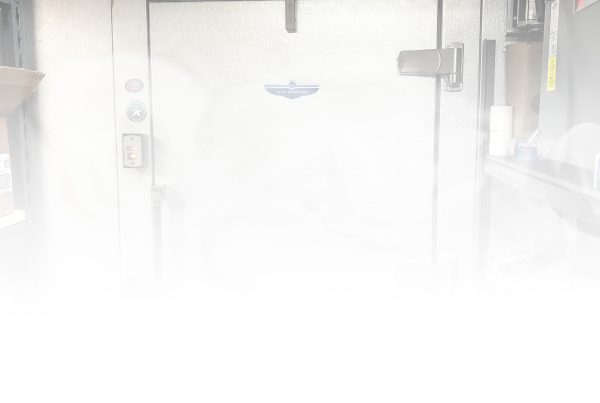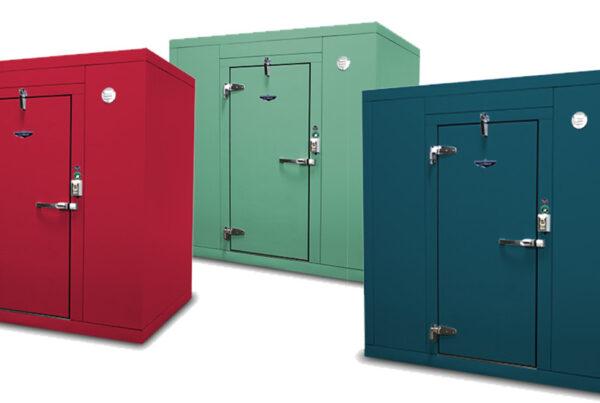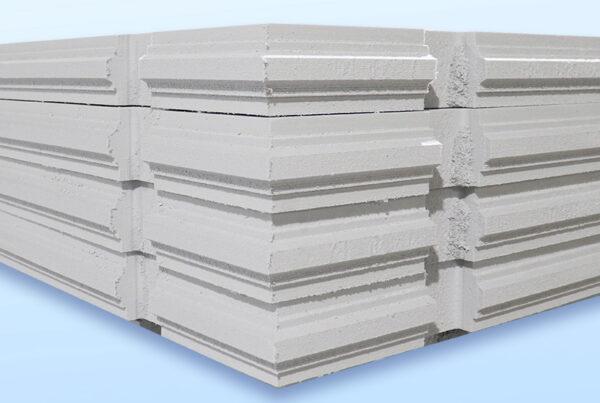Your cold storage equipment may be one of the most important choices you make. A significant amount of costs are associated with your walk-in. Before you purchase, make sure you consider the entire lifecycle of the walk-in instead of just the acquisition price.
The two main elements that effect energy and cost savings while running a walk-in are the refrigeration and insulation. To get the optimal results from your refrigeration it must be sized correctly taking in consideration the size of box, if it is a cooler or freezer, and what will be stored inside. (There are many other factors that are considered when sizing refrigeration.) Insulation is the key to energy savings because it is responsible for holding the cool temperature in the box so the refrigeration does not have to work overtime. Insulation quality is measured by R-value; the resistance to heat flow through an object. Since EISA was implemented January 1, 2009, all walk-in manufactures are required to have an R-value of R-25 for coolers and R-32 for freezers. Now that all manufacturers follow the same requirements, the performance of the insulation is what differentiates the walk-in.
The two common types of insulation used are polyurethane and extruded polystyrene. Each type of insulation brings with it strengths and weaknesses that must be evaluated for each individual application.
| Insulation | Strength | Weakness |
| Extruded Polystyrene | Starts with a high R-value. Smaller cell structure. Resists moisture absorption. Closed cell structure. | Out gases some. Over time, R-value decreases minimally. |
| Polyurethane | Starts with a high R-value. Closed cell structure. | Out gases more. Over time, R-value decreases steadily. Is susceptible to moisture infiltration. |
U.S. Cooler uses both insulations. Through experience and research, U.S. Cooler believes extruded polystyrene is the best insulation for the walls, ceiling, and floors of coolers and freezers. Polyurethane is better to insulate the doors of their walk-ins. According to a study performed by the U.S. Corps of Engineers, they found that over a five year period extruded polystyrene retains 75% of its R-value while polyurethane retains 25%.¹ This is one reason why U.S. Cooler believes extruded polystyrene provides the most value and the best option for walk-in insulation.

Polyurethane & Extruded Polystyrene
Retaining a high R-value is important in saving energy costs. The higher the R-value, the less the refrigeration will have to work to hold the required cold temperatures. As a result, the less the refrigeration works the less your energy costs will be.
When considering the actual performance of walk-in coolers and freezers, being informed can pay substantial long-term benefits. You pay for the walk-in once, but if the insulation and refrigeration are inefficient, it will cost you every month for the life of the walk-in. Acquisition price should not be the only consideration when purchasing your walk-in. Initial purchase savings can be quickly eliminated by unnecessary operational costs over the lifetime of the walk-in.
To see how much you could save on an Extruded Polystyrene walk-in, check out our Energy Savings Calculator.
¹ U.S. Army Corps of Engineers (CRREL) test data. “New Wetting Curves for Common Roof Installations,” by Wayne Toblasson, Alan Greatorex and Doris Van Pelt; Cold Regions Research and Engineering Laboratory, Hanover, New Hampshire 1991.



